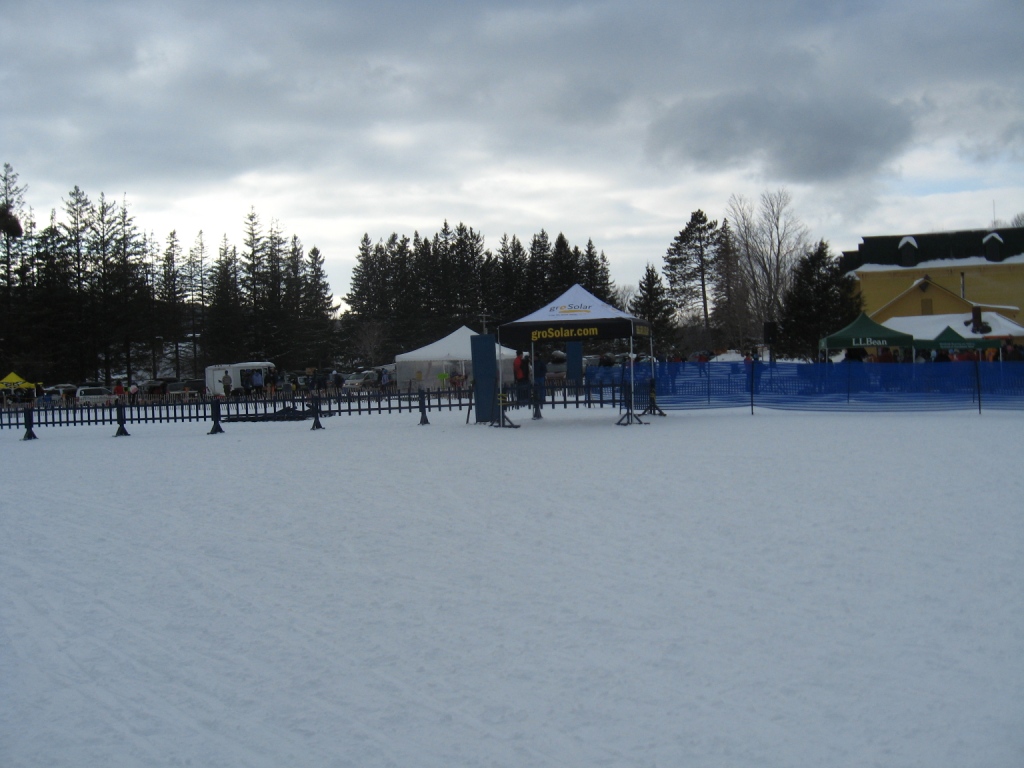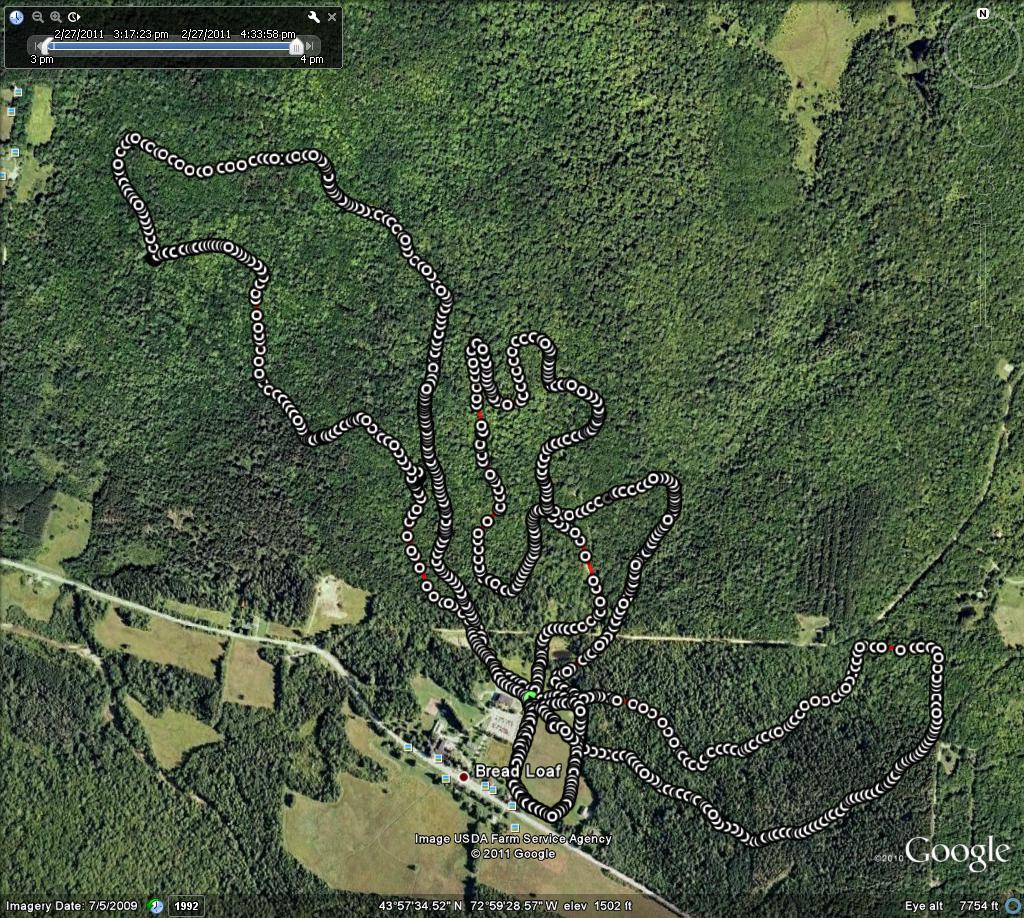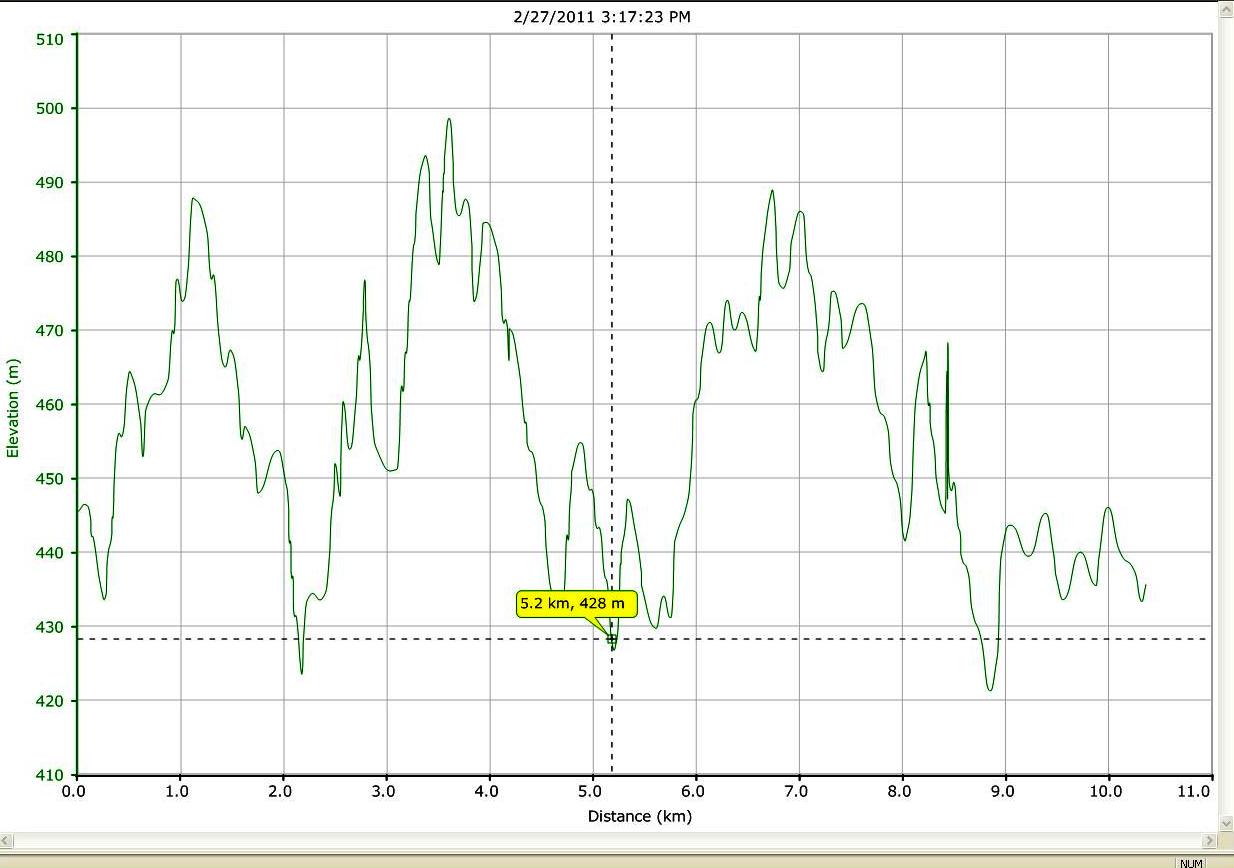Driving up into the mountains on Sunday, I was initially undecided whether to head into lesser used trails, or confine my late afternoon ski to more groomed terrain. Noting the piles of fresh snow everywhere, but untracked paths at all my favorite trailheads, I decided that the old racing skis I had brought would lead to a far more pleasurable ski on the well groomed trails of the Rikert Ski Touring Center at the Middlebury College Breadloaf Campus. As I approached the touring center, I was initially surprised by the huge number of cars parked there, until I remembered that there was a Bill Koch League (the youth nordic ski racing program) festival happening there. There has been a resurgence in nordic ski racing over the last few years, in part fueled by Rikert’s active Bill Koch League program and the leadership of the Frost Mountain Nordic Club, as well as the very popular Middlebury Union High School Nordic Ski Team. Inspired by these eager young athletes, it seemed a good day to travel the entire 10 km racing trail used by the college racers for their workouts, and yearly Winter Carnival races.
Family events precluded my witnessing this year’s winter carnival races, but on most years, the Saturday race is a great spectacle. The men ski the 10 km loop twice, and the women ski a slightly shorter 7.5 km loop twice. The high point of both of these events is the mass start involving all the racers in a mass start, looping around the field a few times in their amazing splash of color before heading into the woods. While the waxing tents set up by Sunday’s much younger racers and their coaches and parents were not as plentiful as those set up by the collegiate racers, they created much the same festive competetive atmosphere.

Leaving the fields festivities behind me, I headed into the first of the three loops which make up the race course. While this loop is officially named “the Battell Trail”, it has long been known by its nickname (and long ago official name) “the Turkey Trot”. This is a favorite first loop for many local children and neophyte adult cross country skiers due to its modest length, climb and descents. It also makes a for a good stretch of trail for the early stages of a mass start race, due its wide boulevard feel, making for relatively easy passing as the racers stretch out their legs. It also made for very pretty skiing for this long retired racer, with the previous day’s fresh snows clinging to the conifers.

After about 2 km in the woods of the Battell trail, this spectator friendly course loops back into the field before taking a right turn towards Myhre Cabin and the first substantial climb of the course. A short, but steep climb followed by a short descent and yet another climb up the hill behind the Myhre Cabin leads to the most technically challenging part of the course, the “S-turns” which can be easily seen in the Google Earth GPS projection of the route at the end of this posting. While this section is not particularly steep, racers can build up some decent speed while taking on some tricky hairpin turns. Shortly before one of the last descents in the S-turns I noticed a curious sign. Existential skiing anyone?

Looping back below the cabin brings one back to the field again before taking on the last major challenge of the loop, the long arduous ascent of Craig’s Hill. One of the best places to watch racers is on the short flat stretch about 2/3 of the way up this climb – as the skiers make their second loop, you can often see their exhaustion and guess which racers are going to have the energy needed for the upcoming sprint finish. A little more climbing after this point, followed by a short descent takes you to the section known as “The Figure Eight” although only half of the 8 can be skied without forcing racers to cross each others paths. The fast final descent down the section of trail still bearing the name of an exiled former professor brings you to the finish line behind the touring center. I realized at this point that I had not yet covered a full 10 km, so two loops of the ballfield brought my distance up before calling it a day.
While I have not entered any citizens races for quite a few years, I felt like I was skiing this loop at a fairly brisk pace, which took me about an hour to complete, with just a little time off along the way for photography. The top college racers can do this loop in less than a half hour – and then do a second loop to complete a 20 km race in about an hour. Many exercise physiologists consider nordic racing the most demanding sport in that it works every muscle in your body while pushing it to aerobic extremes. The top racers achieve levels of fitness most of us can only dream of. Most impressive!

